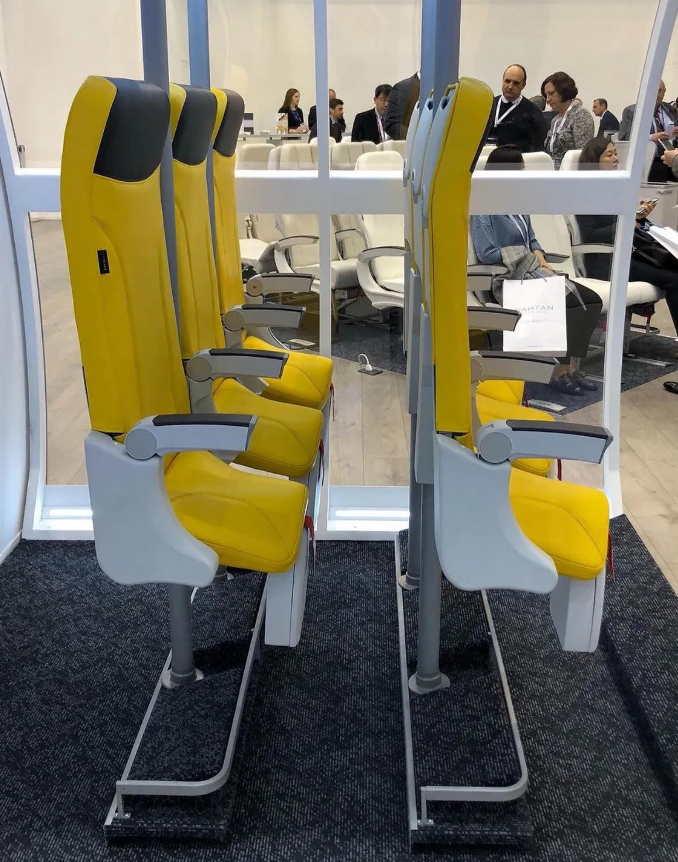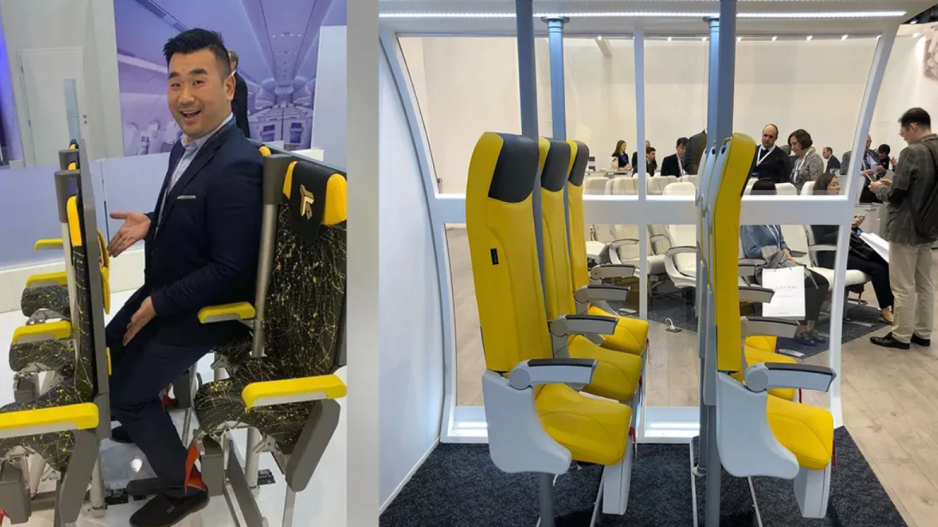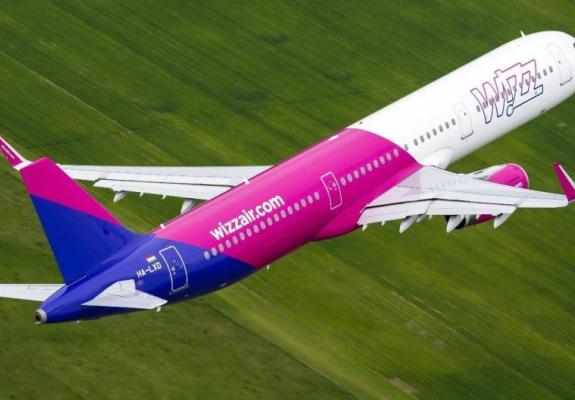Standing Room in the Skies? Budget Airlines Eye 2026 Rollout of Upright Seats
Airlines may soon trade comfort for capacity, with new seat designs that let passengers lean rather than sit—raising both eyebrows and profits.
A radical transformation in the air travel experience could soon become reality, as low-cost airlines prepare to introduce standing-only seats as early as 2026. Marketed as a way to cut costs and increase passenger capacity, the concept is sparking fierce debate over its implications for safety, comfort, and the future of affordable flying.
At the heart of this shift is the Skyrider 2.0, a rollercoaster-style seat developed by Italian manufacturer Aviointeriors. These “seats” are designed more as padded supports, allowing passengers to lean at an angle rather than sit in the traditional sense. The layout significantly reduces seat pitch, making it possible to fit 20% more passengers into the same aircraft cabin space.
Although first revealed in 2018, the design is only now gaining regulatory traction. According to industry reports, safety tests and regulatory approvals have recently been cleared, opening the door for possible commercial use in short-haul flights lasting under two hours.

One of the most vocal advocates for the concept is Ryanair CEO Michael O'Leary, who has been pushing for standing berths since 2012. Under his vision, Boeing 737s could be outfitted with a mix of 15 rows of traditional seating and 10 rows of upright “perch seats,” raising the aircraft’s capacity from 189 to approximately 230 passengers. The aim: to make air travel even cheaper, with fares potentially starting at £1 to £5 ($2–$10 USD).
The move is expected to primarily target short domestic routes, such as the hour-and-a-half hop from Sydney to Melbourne, where comfort is often traded for convenience and low fares. These upright seats are likened to public transport options—“a bus or train in the sky”—offering passengers a no-frills, low-cost alternative for quick trips.
However, public reaction is deeply divided. While some travellers welcome the idea of rock-bottom prices for short flights, others are alarmed by what they see as the erosion of passenger rights and basic comfort. Critics have raised concerns about safety during turbulence, the lack of overhead luggage space, and the inaccessibility of the design for passengers with disabilities or larger body sizes.
While no airline has officially committed to installing the Skyrider seats, speculation is rampant. Observers noted the prototype’s yellow accents could signal interest from U.S. budget carrier Spirit Airlines, known for its similarly colored branding and ultra-low-cost model. However, logistical questions remain—such as how luggage will be stored, and whether such seating can genuinely coexist with current aviation standards for emergencies and evacuation times.
Despite the backlash, the introduction of standing seats could mark one of the most dramatic overhauls in cabin design since the rise of low-cost airlines.






